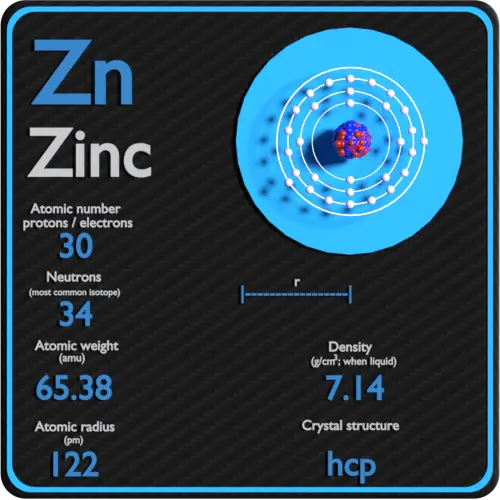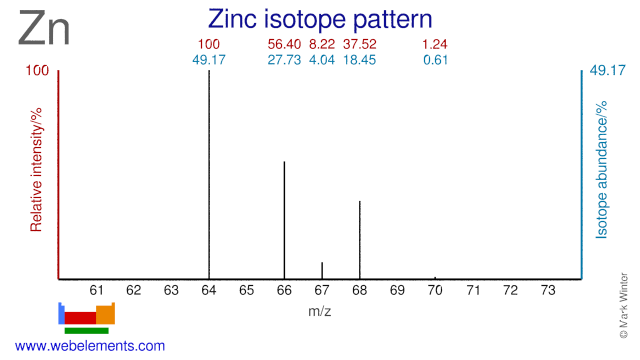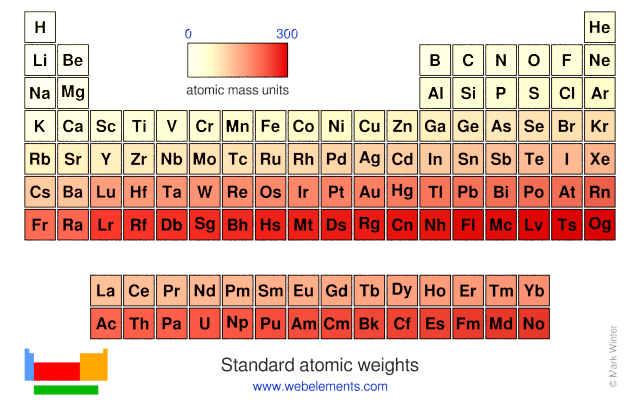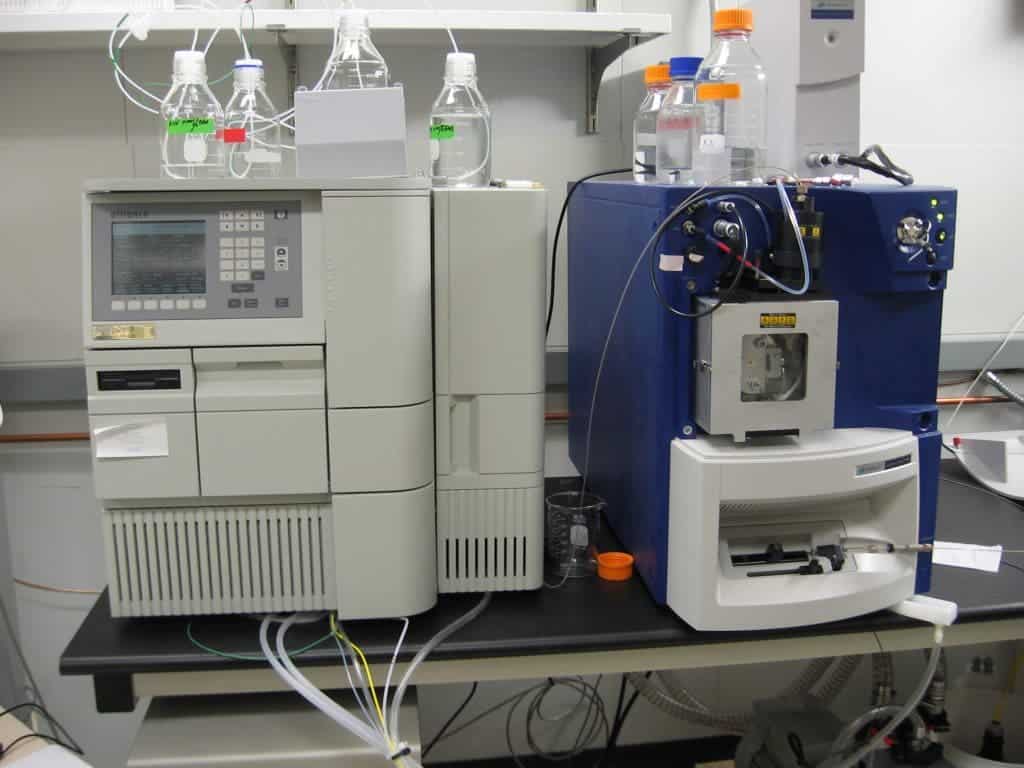Experiment
10
Zn +2 ion has 28 electrons and 35 neutrons. What is the atomic mass number of Zn? I’d really love to know where these questions come from. Like this one, that shows significant blind spots in the subject matter and are therefore anti-educational. Zinc, isotope of mass 65 Please visit the Zinc element page for information specific to the chemical element of the periodic table. Atomic Mass = Number of Protons+Number of Neutrons Atomic Mass = Number of Protons + Number of Neutrons Find the element Zn Zn on the periodic table. To find the number of protons in zinc zinc, first locate the element on the periodic table. Next, find the atomic number which.
Overview
In this experiment, you used a gas buret to measure the volume of hydrogen gas that was evolved when a small piece of magnesium or zinc was reacted with acid. From the volume of hydrogen that was collected, you should be able to calculate the number of moles of hydrogen that was evolved, and from this (and the stoichiometry of the reaction), the number of moles of Mg or Zn that must have been present in the sample you took. Since you also weighed the sample of Mg or Zn, you can calculate the atomic weight of the metal you used (g/mole).
Data
Suppose the following data were recorded for Trial 1 of the experiment (we won't bother with data for the other Trials, but your own data table should be for all three Trials).
Metal Used | Mg |
Mass beaker + sample | 10.2011 g |
Mass empty beaker | 10.1243 g |
Initial reading of gas tube | 2.25 mL |
Final reading of gas tube | 79.31 mL |
Temperature of hydrogen gas | 24oC |
Difference in water levels | 35.2 mm H2O |
Temperature of water in trough | 23oC |
Density of water at temp. of trough | 0.99751 g/mL (from Appendix) |
Aqueous vapor pressure at water temp. | 21.1 mm Hg (from Appendix) |
Barometer reading | 759.9 mm Hg (from Instructor) |
Barometer temperature | 24oC (from Instructor) |
Barometer scale correction Download free grocery coupons. | 3.00 mm Hg (from Appendix) |
Calculations
Page 106, Part II
1. Mass of Sample
The mass of metal sample used is just the difference between the masses of the empty beaker and the beaker with the sample in it.
Mass of Sample = 10.2011 g - 10.1243 g = 0.0768 g |
2.Volume of Gas Collected
The volume of hydrogen gas just represents the difference in volume levels in the gas tube before and after the reaction. For my data
Volume of gas collected = 79.31 mL - 2.25 mL = 77.06 mL |
3. Corrected Barometric Pressure
Cisco linksys spa2102 ata manual. Remember that the apparent height of the mercury column in a barometer is also affected by the temperature. The Appendix to the lab manual lists corrections for barometeric readings for different temperatures. For my data above, the barometer was at 24oC and had a mercury height of 759.9 mm Hg. The correction listed in the Appendix for these conditions is 3.0 mm Hg. So the correced barometric pressure is
Corrected barometric pressure = 759.9 mm Hg - 3.0 mm Hg = 756.9 mm Hg |
4. Mercury Equivalent of Difference in Water Levels
You'll remember that in this experiment you had to measure in millimeters, with a ruler or meterstick, the difference in height between the level of the water in the gas tube and that in the trough or beaker. Since there was liquid water inside the gas tube, the column of liquid water contributes a portion of the total pressure inside the gas tube. The total pressure inside the gas tube (which is equal to the atmospheric pressure) is composed of: the pressure of the hydrogen gas (what we want!), the pressure of water vapor which is mixed with the hydrogen gas, and the pressure due to the column of liquid water. For my data above, I found that the column of liquid water in the gas tube had a height of 35.2 mm above the surface of the water in the trough. Since we measure the pressure of gases in units of mm Hg (torr), we can convert the pressure due to the 35.2 mm of water into the equivalent level of Hg which would have the same pressure, by using the densities of mercury (13.596 g/mL) and water (0.99751 g/mL at the temperature of my experiment.

5. Pressure of Hydrogen gas
The total pressure inside the gas tube (which is equal to the atmospheric pressure) is composed of: the pressure of the hydrogen gas (what we want!), the pressure of water vapor which is mixed with the hydrogen gas, and the pressure due to the column of liquid water.
That is Ptotal = Patmosphere = Phydrogen + Pwater vapor + Pliquid water
So if we subtract the pressure of water vapor (21.1 mm Hg at the temperature of my experiment) and the pressure due to the column of liquid water (2.58 mm Hg as calculated in Part 4 above) from the total corrected barometric pressure (756.9 mm Hg from Part 3 above), this will give us the pressure of the hydrogen gas itself.
Phydrogen = 756.9 mm Hg - 21.1 mm Hg - 2.58 mm Hg = 733.2 mm Hg |

6. Absolute temperature of Hydrogen gas
Density Of Zn

The Celsius temperature scale is a human invention, and we can't expect hydrogen gas molecules to know about it. The temperature of my hydrogen sample was 24oC, which has to be converted to Absolute (Kelvin) degrees:
7. Moles of Hydrogen Produced
All of the above calculations have been leading us to being able to figure the amount of hydrogen generated using the ideal gas law (PV = nRT). Fill in the following data and solve for n -- the number of moles of hydrogen:
- P = 733.2 mm Hg (733.2 torr)
- V = 77.06 mL (0.07706 L)
- R = 62.358 L torr/mol K
- T = 297 K
| . |
Zinc Chemical Formula
8. Moles of Metal
Zn Atomic Mass
For magnesium, the balanced chemical equation is Mg + 2HCl ® Mg Cl2 + H2
Since the coefficients of magnesium metal and hydrogen gas are the same in the balanced chemical equation, if 0.00305 moles of hydrogen gas was produced, then the sample of magnesium reacted also must have consisted of 0.00305 moles.
9. Experimental Gram-Atomic Weight (Molar Mass) of Metal
The gram atomic weight of a metal represents the mass of 1 mole of the metal expressed in grams. More recently, this has been termed the 'molar mass' of the metal. In any case, we want the number of 'grams per mole' for the metal. In Part 1 of the calculations, we determined that the sample of magnesium weighed 0.0768 g. In Part 8 of the calculations, we determined that the sample of magnesium consisted of 0.00305 moles. Putting these together gives the molar mass
Parts 10, 11, 12
Zn Atomic Mass Number
By now I'm sure you're an expert at calculating means, deviations, and the average deviation for a set of measurements. If you've forgotten, see the help on Experiments 1, 2, 4, or 9.
Parts 13 and 14
Density Of Zinc
The actual gram atomic mass (molar mass) of magnesium is 24.31 g. In Part 14, you calculate how far off your answer is on a percentage basis. For my data, the % error is
Questions
We can't solve the problems for you, but here are some hints as to how to go about the task.
Zinc Atomic Mass

Zinc Chloride Atomic Mass
- This question is essentially the same as the calculations above, only going backwards. Plus, you don't have to worry about all the corrections to the pressure, since the pressure given (720 torr) can be assumed to be the pressure due to the hydrogen alone. Use the ideal gas equation (PV = nRT) with the given data to figure out n (which will be the number of moles of hydrogen gas that is present in the sample). Then use the balanced chemical equation to figure out how many moles of Al metal would have to react to produce the calculated amount of hydrogen (make sure the equation is balanced: this is not a 1:1 reaction). Finally, use the atomic mass of Al to figure out the mass of Al for the calculated number of moles. The answer is 0.045 g, but you'll have to show a complete solution to receive credit on your report.
- First figure out how many moles of K is present in 0.0379 g K using the molar mass of K. Then, use the balanced chemical equation to figure out how many moles of hydrogen would result from this amount of K reacting with HCl. Finally, use the ideal gas equation (PV = nRT) filling in this number of moles, along with the conditions represented by 'STP'.
- This one is a killer!! You are really going to have to use your skills in algebra to solve it. Approach the problem this way: let x represent the mass of Mg in the sample and let y represent the mass of Zn. We know that (x + y) = 0.1000 g. From the volume of hydrogen present at STP, we can calculate the number of moles of hydrogen that the mixture generated using the ideal gas equation. Since both Mg and Zn produce hydrogen on a 1:1 stoichiometric basis (from the balanced chemical equations), the number of moles of hydrogen produced is equal to the total number of moles of Mg and Zn combined. How are the number of moles of Mg and Zn related to their molar masses? In terms of the x and y variables we have defined, the number of moles of Mg is (x/24.31) and the number of moles of Zn is (y/65.38). The rest of the calculation is left to you...!!!

